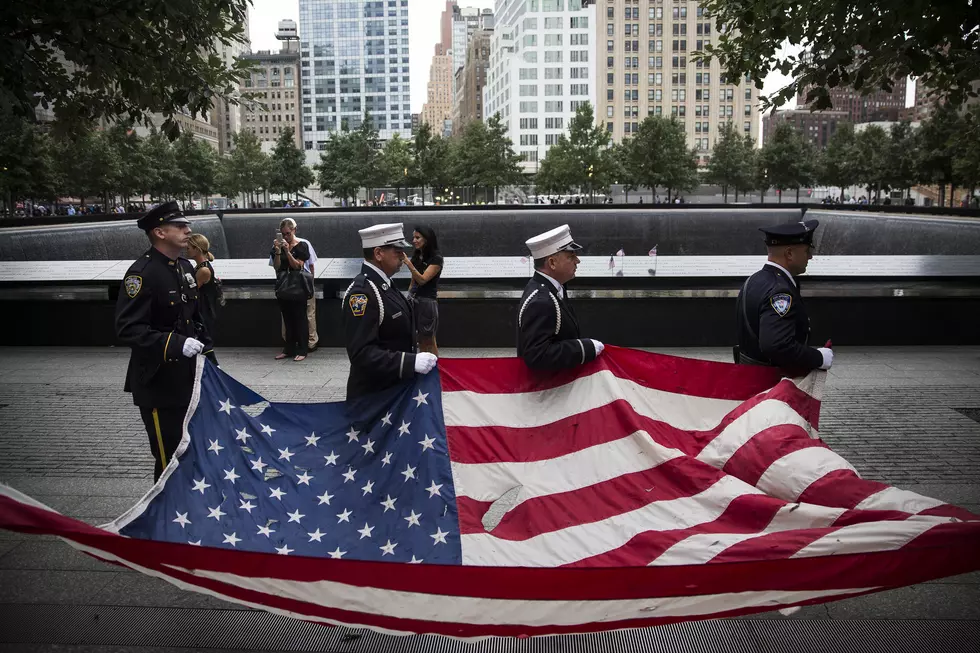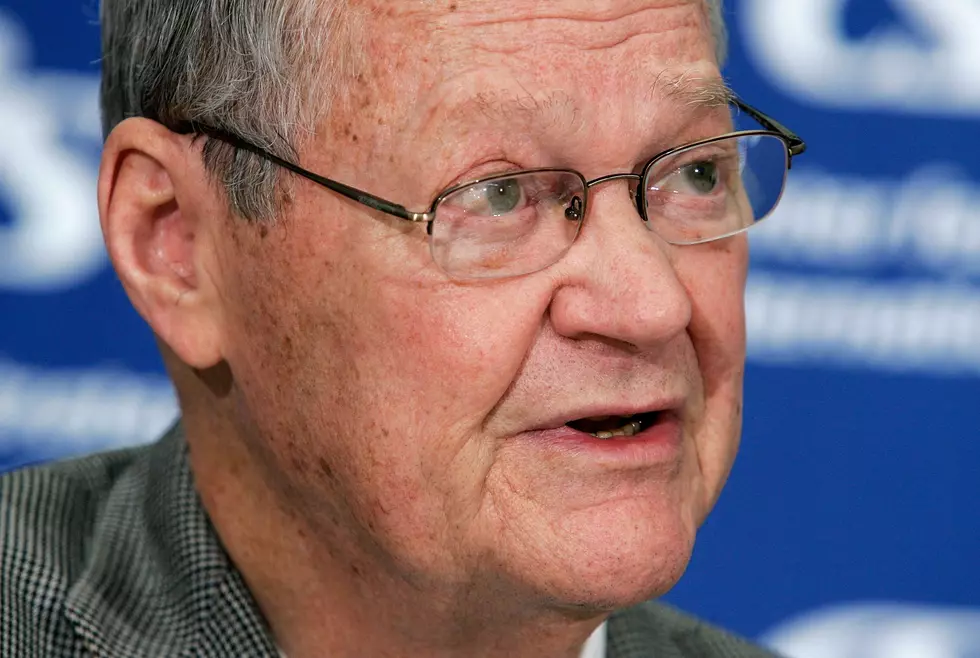
Jack’s Mid-Missouri Memories: The Roundhouse
The Roundhouse
A lot of people think a railroad is just trains, depots and tracks, but the truth is they consist of many parts, and Sedalia had them all at one time. Some of those parts, unlike the depots and trains, have disappeared completely, and it made me wonder how many people remember those that are no longer here.
For instance, I wonder how many people remember the old roundhouse that used to set East of Engineer and South of Hausel Park. I knew it well, because it was in the direct line between my grandmother's house on North Hurley and mine on the corner of Fifth Street and Emmit Avenue. I used to take the shortcut across the railroad tracks when I went for a visit and always stopped there to see if anything interesting was happening, and get a drink of the coldest water in Sedalia. There was a cool dampness inside that building, even in the hottest weather, which was probably due to the leaky steam engines that were brought inside it to be serviced or turned around.
Anyone who visited the roundhouse in those days could never forget the water fountain because the water that bubbled out of it was so cold it would sting your teeth and give you an ice cream headache if you drank too fast. There were not many chilled water coolers in the '40s, at least not that I had seen, so finding a fountain that put out something other than tepid water was not only a treat, but also a real mystery to us kids. Some of the older and wiser among us said it was probably hooked directly to a spring 1000 feet underground, but no one was sure.
One day, the secret was revealed to us, as we watched a worker lift a trap door in front the fountain and place large cakes of ice into a hole that housed the bare water pipe leading to it. The hole, I surmised years later, was actually an insulated box with the water line coiled inside so the ice could cool it to the tooth tingling temperature the workers could enjoy on those hot summer days. Solving the mystery didn't hurt the taste of the water though, and we continued to use it as a cool oasis at every opportunity on hot summer days.
There were no workers around the building most of the time, which made it an ideal playground for my friends and I. We spent many hours playing hide-and-seek or chasing pigeons through its rafters. We were extra careful not to break anything though, since the men that worked there, including my uncle Buzzy Wade, knew where we lived.
Sometimes, if we were very quiet, they would let us watch as one of the Hugh steam engines was brought inside to be turned 180 degrees on the machine they called the Merry-Go-Round. The Merry-Go-Round looked like an oversized Lazy Susan with railroad tracks running across it, and it groaned and creaked in protest as the heavy train engine was driven onto it. The massive gears of the turntable were enormous, and must have weighed several tons each. It was fascinating to watch them slowly mesh and separate, as they inched the steam engine in a half circle, so it would be ready for a trip in the opposite direction. The whole thing seemed deliciously dangerous to us small boys, as we looked up at the engine that seemed even more gigantic in the enclosed building. It dripped and spit steam while it idled high above us on the Merry-Go-Round, as if it were impatient to be outside again.
The diesels the railroads use today don't need to be turned around since they have fronts on both ends, so the roundhouses have become relics of the past, like the steam engines they served. I read somewhere there are only a few of the merry-go-rounds left in this country. Wyoming and San Diego each has one, but they will soon be museums or relics of the past too.
Sedalia's roundhouse, like most relics, did produce some memories, and as long as there is someone around who remembers them, they won't die. I can still smell the dampness and feel the edge that cold water gave my teeth when I think of the roundhouse, so for now, the relic lives.
Tune in to Jack Miller on Newstalk 1050 KSIS every Monday morning to hear excerpts from his book of Mid-Missouri memories, titled ‘Unhurried Days.’
More From AM 1050 KSIS





![The British Invasion Has Been Hyped Too Much [OPINION]](http://townsquare.media/site/468/files/2014/02/800px-The_Beatles_in_America.jpg?w=980&q=75)



